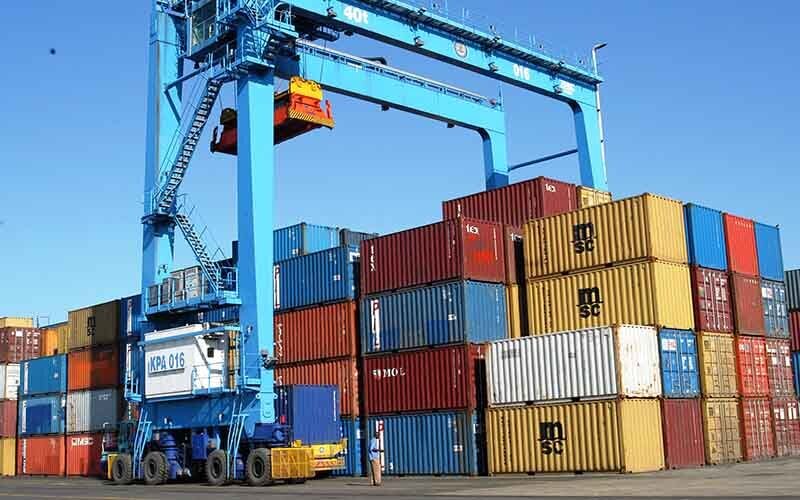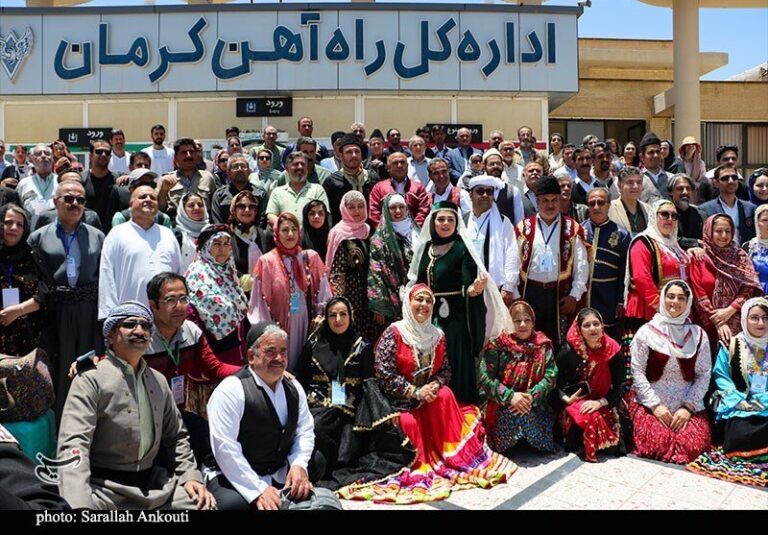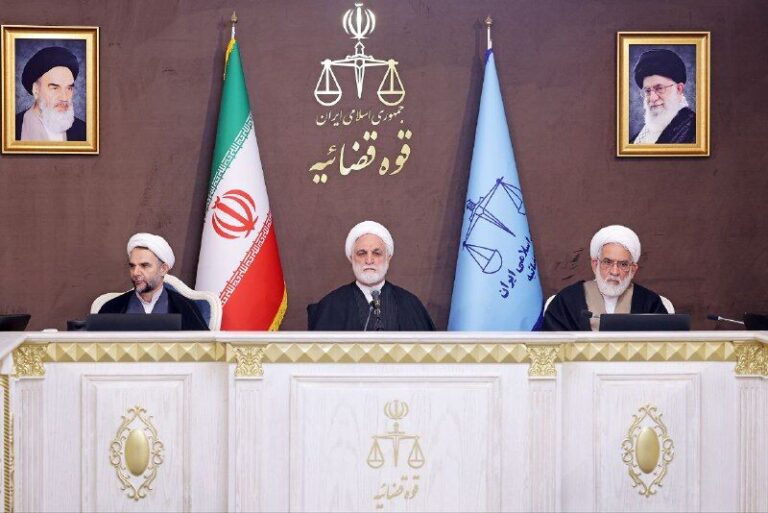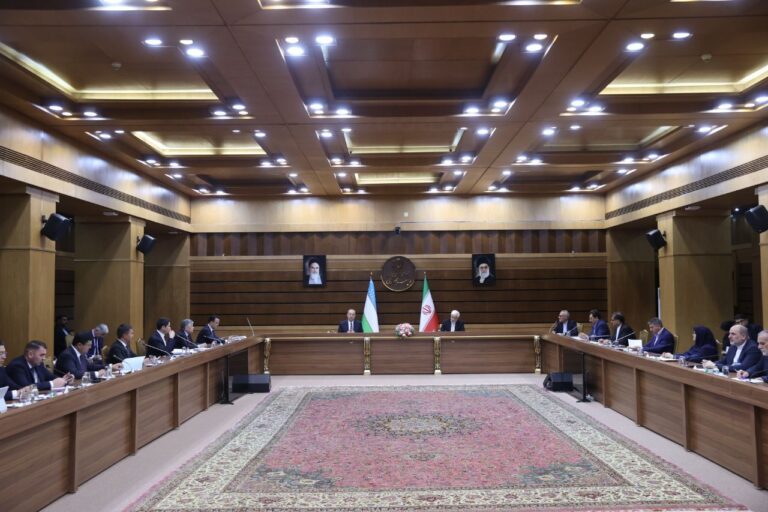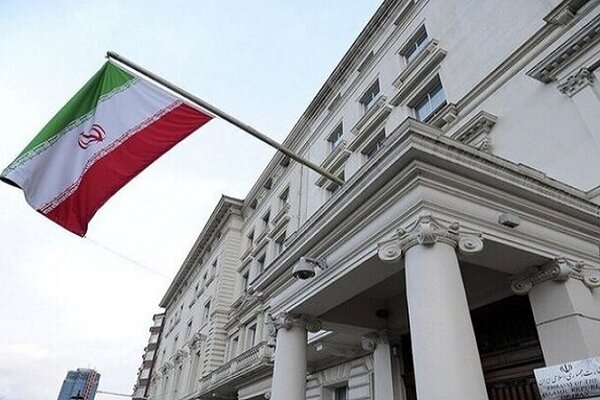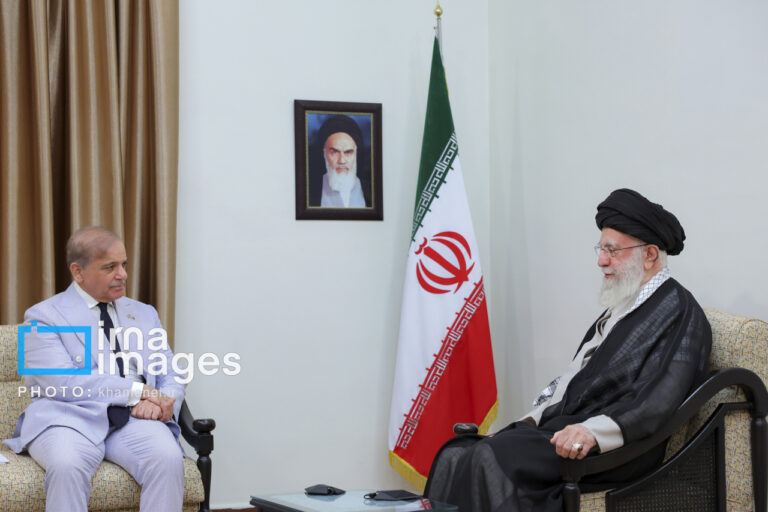Iran Faces Significant $9 Billion Trade Deficit Over 10 Months, Reports IRICA
According to the recent IRICA report, Iran’s non-oil exports have significantly increased, reaching an impressive $47 billion in the period from late March last year to late January this year. This remarkable growth of 18% compared to the previous year highlights the resilience of Iran’s economy amidst challenging circumstances.
During a press conference held in Tehran, IRICA Chief Foroud Asgari revealed these figures to reporters. He noted that the volume of Iranian export shipments also surged, climbing by 12% to reach 127 million metric tons (mt) over the same 10-month period ending in January.
In addition to exports, non-oil imports into Iran saw a growth of 3% in both volume and value, totaling 30.7 million mt worth $56 billion during this timeframe.
Top Buyers of Iranian Goods
The IRICA data indicated that China emerged as the largest buyer of Iranian goods, purchasing approximately $12.3 billion worth of products. Other significant buyers included:
- Iraq: $10 billion
- United Arab Emirates: $5.9 billion
- Turkey: $5.5 billion
Key Export and Import Trends
Asgari also highlighted that the United Arab Emirates, known as a primary re-exporting hub in the Persian Gulf, was the largest exporter to Iran, providing supplies worth $17 billion during the same period. China’s exports to Iran reached $14.4 billion, with Turkey and Germany contributing $9.9 billion and $1.9 billion, respectively.
Focusing on Iran’s main export items, Asgari emphasized that the country primarily exported:
- Liquefied propane
- Butane
- Methanol
- Pistachios: 139,000 mt valued at $1.278 billion, representing a staggering increase of 95% in volume and 165% in value year-on-year
On the import side, the main items entering Iran included:
- Gold bars: $6.3 billion
- Corn feed: $2.3 billion
- Mobile phones: $1.8 billion
- Soybean feed: $1.6 billion
This positive trend in non-oil exports is indicative of the robust trade relationships that Iran has cultivated, particularly with its top trading partners. The increase in export volume and value not only shows the resilience of Iran’s economy but also its potential for further growth in international markets.
As the Iranian government continues to adapt to shifting economic landscapes, the focus on diversifying its exports and strengthening trade ties with neighboring countries will be critical. The significance of non-oil exports in bolstering Iran’s economy cannot be overstated, especially as it seeks to reduce dependency on oil revenues.
With ongoing efforts to enhance trade relations and improve logistics, Iran is poised to continue its upward trajectory in non-oil exports, making it a key player in the regional and global markets.
In conclusion, the latest IRICA data underscores a significant milestone for Iran’s economy, showcasing a notable increase in non-oil exports and indicating a promising outlook for the future.
